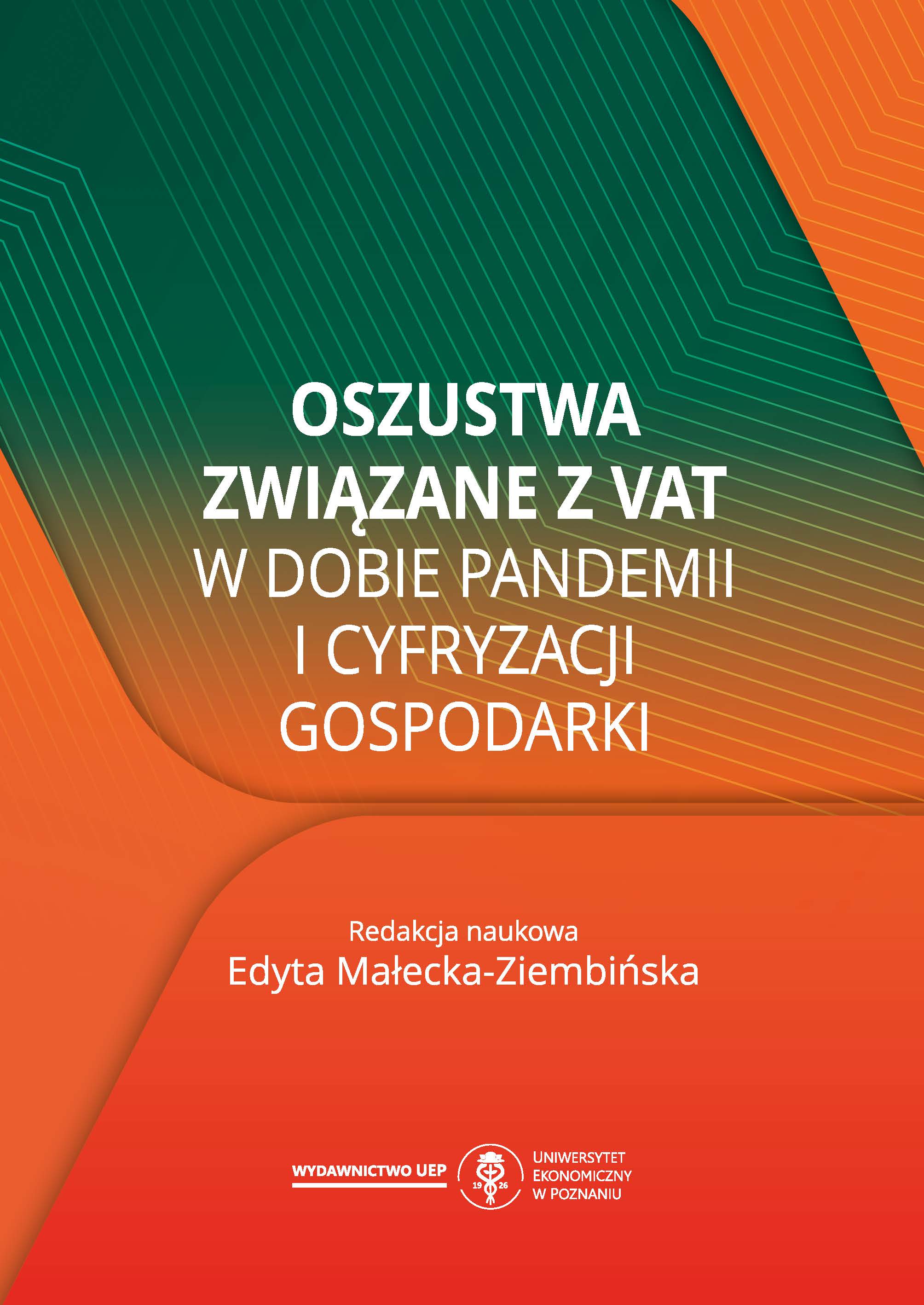Metody ograniczania luki VAT
Methods of reducing the VAT gap
Author(s): Arkadiusz Bernal
Subject(s): Economy, Public Administration, Public Finances, Fiscal Politics / Budgeting, ICT Information and Communications Technologies, Business Ethics
Published by: Wydawnictwo Uniwersytetu Ekonomicznego w Poznaniu
Keywords: luka VAT;uchylanie się od opodatkowania;oszustwa VAT;doradztwo podatkowe;administracja podatkowa;
Summary/Abstract: Purpose: The purpose of this chapter is to review and evaluate actions taken to reduce the VAT gap. Design/methodology/approach: The review of actions was conducted taking into account the various causes of the gap, including the carousel frauds in particular, but also the abuse of the subjective exemption, the unregistered sales to consumers, the consumer imports of goods ordered online, the electronic services provided by entrepreneurs located in third countries, the illegal application of a reduced tax rate and smuggling. Findings: The actions taken by public authorities to reduce the VAT gap show that in Poland in recent years much has been done to effectively reduce the range of the gap. Among the measures taken were: educational campaigns, creation of public taxpayer registers to verify current and potential contractors, the introduction of split payment method, increased sanctions for the VAT frauds, including those imposed on tax representative, the abandonment of the exemption for imports of low-value goods and the obligation to recognize such imports through so-called electronic interfaces, and the change of quarterly reports to monthly for taxpayers starting their business. Many actions involve new technologies, such as issuing structured electronic invoices, recording sales to consumers on online cash registers, the obligation to provide consumers with the opportunity to make cashless transactions, and the mandatory submission of monthly VAT settlement reports electronically. Digitalisation causes a significant increase in the scope of data at the disposal of the tax administration as well as acceleration of their circulation. Both changes assisted by the centralization of tax administration and the use of artificial intelligence significantly hinder tax frauds.
Book: Oszustwa związane z VAT w dobie pandemii i cyfryzacji gospodarki
- Page Range: 119-134
- Page Count: 16
- Publication Year: 2023
- Language: Polish
- Content File-PDF

